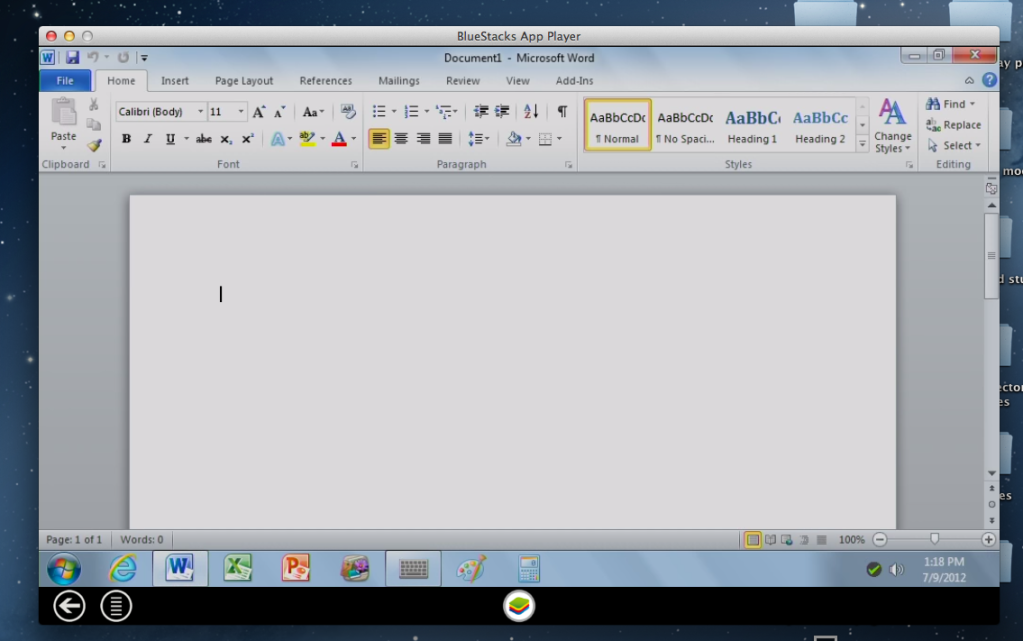Easy Page Break Mac Microsoft Word 2016
All Word 2016 documents have one section. If you plan on changing page numbers, page orientation, paper size, headers and footers, or similar page formats, the document needs more sections. If you’re new to the concept of sections, think of a new section as similar to a page break. The difference is that the new page starts a new section.
The figure lists three examples of documents sliced up into sections.
To start a new section in your document, heed these steps:
Put your cursor where you want one page to end and the next to begin. Go to Insert Page Break. Tip: If Word puts a new page in your document unexpectedly, it might be because of a page break. To view page breaks so that you can select and delete them, go to Home Show/Hide. Apr 15, 2017 This video demonstrates how to insert page breaks into a document so you can change the numbering or formatting of pages within the same document using Word 2016 for Mac. 8/10 (121 votes) - Download Microsoft Word Mac Free. The best text editing and processing software, Microsoft Word, offers in this standalone version of Office for Mac computers all its greatest features. Word is definitely one of the most well-known and popular tools of Microsoft Office.
Position the toothpick cursor where you want the new section to start.
Click the mouse where you need to begin a new section, similar to creating a new page break.
Click the Layout tab on the Ribbon.
In the Page Setup area, click the Breaks button.
Microsoft word reference tool mac. You still need to proofread the references page. Flaws with Word for Mac: 1. References (APA, 6th ed.) should be listed as References, but Mac only allows for Works Cited and Bibliography. You will have to manually change it. When creating a journal article reference, the spots for.
A menu appears, listing several items. The last four items are various section breaks.
Choose Next Page from the Breaks button menu.
A page break is inserted in your document; a new section has started.
When using Print Layout view, the section break looks like a page break. It works like one too: Text stops on the page before the section break and then starts at the top of the next page. Each page, however, is in a different document section.
After the section is created, you can modify the page layout and format of each section in your document.
Choose Continuous in Step 4 to place a more flexible form of section break into your document. Depending on which page formats are changed between sections, the Continuous section break may start a new page or it may not.
The Even Page and Odd Page section breaks work just like the Next Page section break, but they happen only on even pages or odd pages, respectively. These section breaks are designed for documents that use odd and even headers or sport unique margins for binding purposes.
When working with sections, place the Section item on the status bar: Right-click the status bar and choose Section from the menu. The Section item lists the current section by number as you work through your document.
You have two choices when it comes to starting text at the top of a page in the middle of a Word 2016 document. The first choice is to keep whacking the Enter key until that new page shows up. This approach is horribly wrong. It works, but it leads to trouble later as you edit your document.
The second, and preferred, choice is to insert a hard page break:
Position the insertion pointer where you want one page to end and the next page to start.
Splitting the page at the start of a new paragraph is recommended.
Click the Insert tab.
In the Pages group, click the Page Break command button.
Text before the insertion pointer is on the previous page, and text after the insertion pointer is on the next page.
Easy Page Break Mac Microsoft Word 2016 Pdf
The hard page break stays with your text. No matter how you edit or add text, the split between pages remains.
Mac Microsoft Word Trial
The keyboard shortcut to split pages is Ctrl+Enter.
To remove a hard page break, position the insertion pointer at the top of the page just after the break. Press the Backspace key. If you goof up, use Ctrl+Z to undo.
Use the Show/Hide command to view the hard page-break character. The hard page break is easier to see in Draft view.
